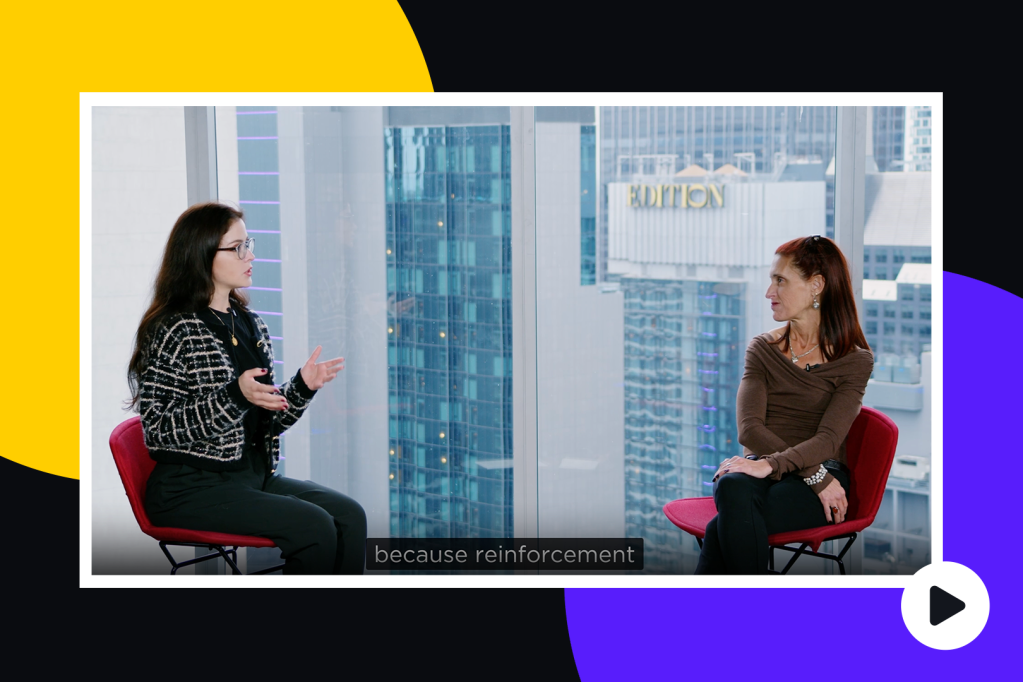In our interconnected digital landscape, the evolution of cyber threats demands urgent attention. The rapid advancement of technology, combined with an increasing reliance on digital infrastructures and the emergence of sophisticated adversaries, positions cybersecurity as a critical concern for corporations, their leadership, and the insurers who navigate and manage these
Register for free to keep reading.
To continue reading this article and unlock full access to GRIP, register now. You’ll enjoy free access to all content until our subscription service launches in early 2026.
- Unlimited access to industry insights
- Stay on top of key rules and regulatory changes with our Rules Navigator
- Ad-free experience with no distractions
- Regular podcasts from trusted external experts
- Fresh compliance and regulatory content every day

















